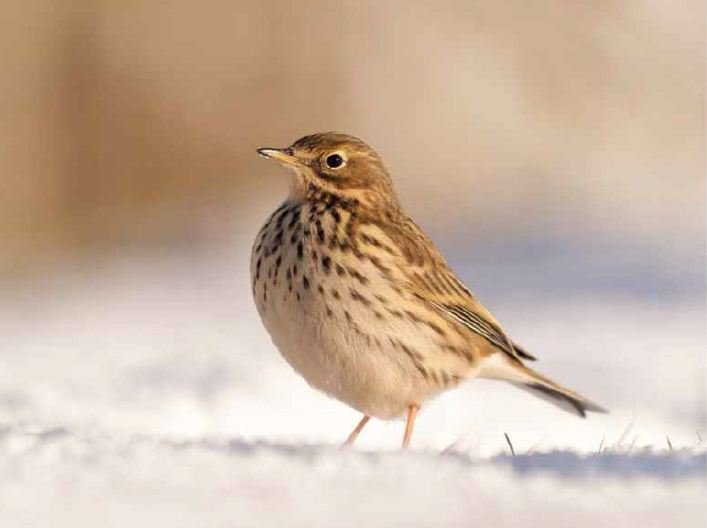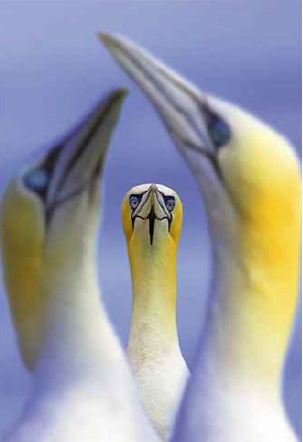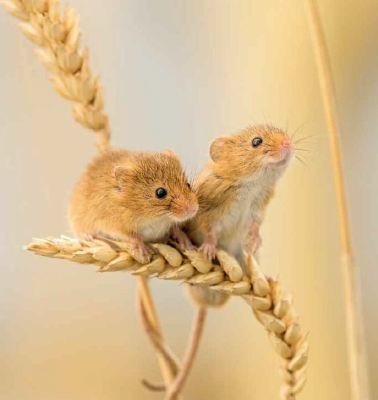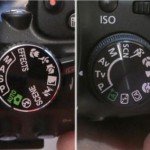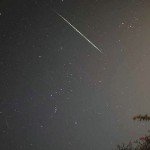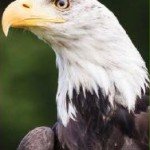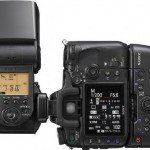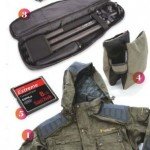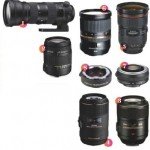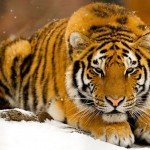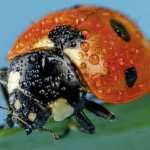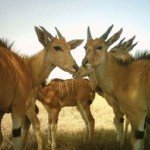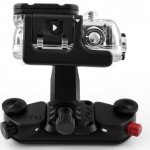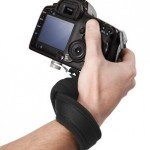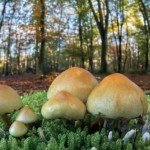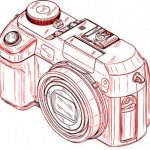Basic Techniques For Wildlife Photography
Before you start shooting, wise upon the techniques that will help you bag some great shots. Here are a handful of starting points…
- Baiting your subject
One of the most reliable ways to entice wildlife close to your lens is through ‘baiting’ – using food or water to attract birds or mammals to a predeined place. Setting up a ‘feeding station’ will give you far more control over lighting and the look of the subject’s background. It is important to use suitable food – for example, carrion for foxes or buzzards; or nuts and seeds to entice small garden birds. Water is another good way to attract wildlife. Subjects will use it to either drink or bathe – and you can capture striking images of subjects along with mirror-like relections.Feeding stations can be very simple to set up. If you already hang out nut feeders for the birds in your garden, you are already halfway there. A couple of nut or seed feeders on poles in your garden are all you need. Think about the sun’s position in relation to your feeding station – in which direction will the light be at the time that you will be taking photos? Do you want your subject to be front-lit (ideal during the golden hours), backlit or lit from one side? Place your set-up accordingly. Ensure there is a distance of at least six metres between your subject and its background to ensure your backdrop is clean and difused.
Position ‘props’ close to your feeding station to make images appear more natural and interesting. For example, when shooting garden birds, place lichen-clad branches or sprigs of blossom close to the feeders. Pre-focus your lens on the perch so you are primed and ready to take photos when birds momentarily rest on your ‘prop’ between feeding. To conceal your whereabouts, use a dedicated hide or – if taking photos in your garden – shoot from the garden shed or even from a house window. - Research your subject
Fail to prepare; prepare to fail. If you want to capture stunning wildlife images, you irst need to know your subject. Without an understanding and passion for your subject, you will never truly capture its character or be able to anticipate key behaviour.Simply venturing out with your camera in hand, just on the of-chance that you might ind and photograph something, will produce very limited success. Instead, research potential subjects thoroughly online first. Discover what types of habitats they prefer, their diet, and any key behaviour – like courtship displays or migration. Also, ind out if their coat or plumage varies depending on the season, and when do they breed and have young? The answers to these types of questions will greatly help your pursuit of the ‘perfect’ picture and prevent you from wasting time and efort. Once you are armed with the right knowledge, research suitable habitats and reserves. In the UK, RSPB and www.wildlifetrusts.org are good places to begin.
- Back-button focusing Good focusing technique is essential for wildlife. Opportunities will be leeting when photographing animals – so the speed and accuracy of your focusing can be the diference between success and failure. Your camera’s centre focusing point is typically the most accurate and sharpest of all the available focusing points – regardless of camera make or model. Therefore, this is the point you predominately want to use. However, rarely will you achieve the best composition with the subject positioned centrally in the frame. To photograph subjects of-centre using AF you could focus manually, or shoot in single shot/AF-S mode and keep the shutter release button semi-depressed, or use the AF-lock button. However, when shooting wildlife, none of the above are particularly well suited. Also, you ideally want to have your camera set to AF continuous shooting mode.
A far better option for wildlife photographers is to switch to back-button focusing. Doing so takes focusing away from the shutter button – instead a button on the back of the camera is assigned to the job. Typically this button is either the AF-ON or AE-L button – but consult your camera’s manual. While it might take you a short while to get accustomed to the switch, you will ind separating focusing and releasing the shutter a far better technique. Point the central AF point at your subject, press the rear focus button using your thumb, and then recompose your shot with your subject placed wherever you want in frame. Now, when you depress the shutter button, the camera won’t try to refocus on the background or any other elements. Back-button focusing also means you don’t have to iddle around with any dials should you wish to switch to manual focus. Efectively, all you need to do is not press the back-button AF button – just adjust the focusing ring and take your photo. - Stalking and fieldcraft
One of the most important skills wildlife photographers must learn is fieldcraft – the art of avoiding detection. If your subject hears, sees or smells you before you are within picture-taking range, it will disappear long before you’ve taken any photos.A hide is the best disguise, though stalking is often the only way to get close to subjects. Wear muted colours, avoid noisy fabrics and don’t clean your ‘stalking’ outit the dirtier it is, the more it will disguise your scent! Deer, foxes and hares have a particularly acute sense of smell – so approach down wind. Move slowly and watch your subject closely. If it shows signs of unease, or looks directly at you, stop and remain motionless until it looks away again. Part of the skill is being able to identify and use natural cover look for areas of dense vegetation, bracken, trees and hedgerows to conceal your whereabouts.
When stalking, a monopod or beanbag is far easier to use than a tripod. Travel light – just take a camera, telephoto lens and keep accessories in your pockets.
Dawn is typically the best time to stalk wildlife, when animals are preoccupied with feeding. The light is also better at this time, too.
For better result you can setting your camera for optimal wildlife photography. (Source: Ultimate Guide to Photography 2016)

